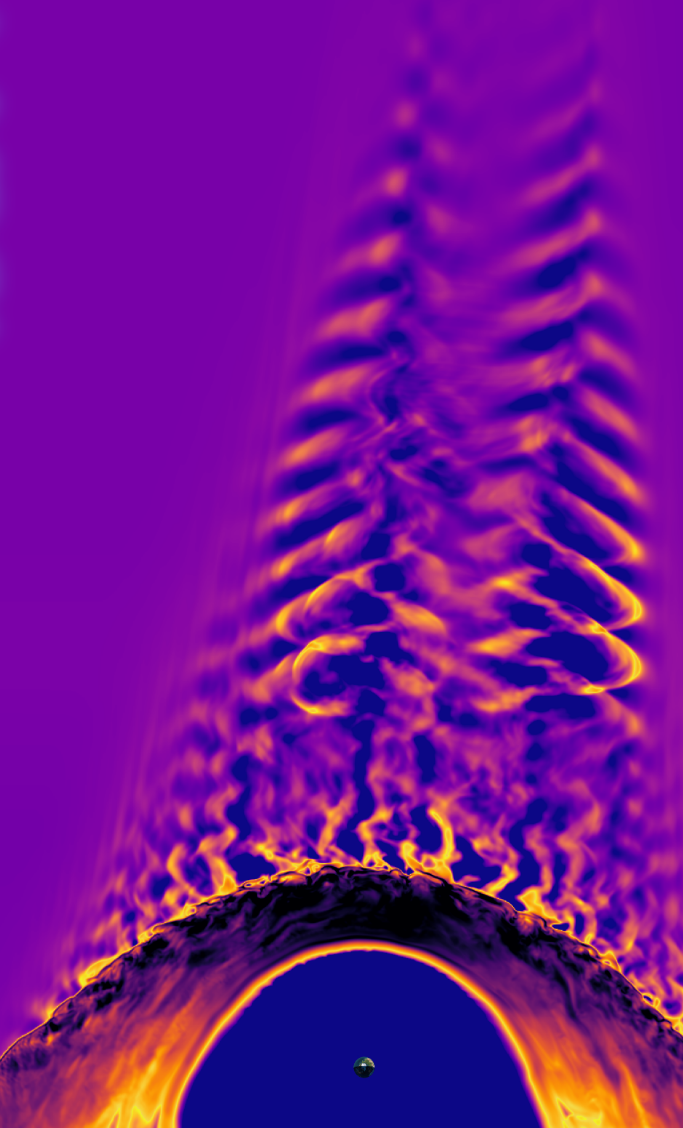Earth search enhanced
 A new Australian invention should make it easier to find ‘new Earths’.
A new Australian invention should make it easier to find ‘new Earths’.
Australian scientists have developed a new type of sensor to measure and correct the distortion of starlight caused by viewing through the Earth’s atmosphere, which should make it easier to study the possibility of life on distant planets.
Using artificial intelligence and machine learning, University of Sydney optical scientists have developed a sensor that can neutralise a star’s ‘twinkle’ caused by heat variations in the Earth’s atmosphere.
This will make the discovery and study of planets in distant solar systems easier from optical telescopes on Earth.
“The main way we identify planets orbiting distant stars is by measuring regular dips in starlight caused by planets blocking out bits of their sun,” says lead author Dr Barnaby Norris.
“This is really difficult from the ground, so we needed to develop a new way of looking up at the stars. We also wanted to find a way to directly observe these planets from Earth.”
The team’s invention will now be deployed in one of the largest optical telescopes in the world, the 8.2-metre Subaru telescope in Hawaii, operated by the National Astronomical Observatory of Japan.
“It is really hard to separate a star’s ‘twinkle’ from the light dips caused by planets when observing from Earth,” Dr Norris said.
“Most observations of exoplanets have come from orbiting telescopes, such as NASA’s Kepler. With our invention, we hope to launch a renaissance in exoplanet observation from the ground.”
The research is published today in Nature Communications.







 Print
Print